Reduced hockey-related revenue due to the COVID-19 pandemic will result in a “flat” NHL salary cap for the 2020-21 season. With no increase from the previous year’s upper limit of $81.5 million per team, many teams in the league will be hard-pressed to keep their rosters intact. Retaining players currently under contract and key free agents may not be feasible. In fact, the flat cap doesn’t seem to add up as a realistic course of action for the league as a whole.

Additionally, lots of pending unrestricted free agents may not find offers that meet their expectations. Restricted free agents will find themselves in similar situations. Money will be tight and there’s no magic loophole in the Collective Bargaining Agreement to smooth the road (at least not yet).
Keeping the Band Together: NHL Teams and Projected Salary
Primarily using numbers THW’s salary-cap tool, a theoretical salary structure can be constructed. Don’t blame us – I’m using “Pete Math” to present a thesis using their numbers. Simply put, a flat salary cap is unrealistic at both the team level and the league level.
Let’s make these basic (yet extremely unlikely) assumptions when projecting each team’s salary total:
- All players under contract for the 2020-21 season remain with their current teams – nobody gets traded.
- All unrestricted free agents (UFAs) sign new contracts for exactly what they were paid last year and with the same team.
- All restricted free agents (RFAs) sign the minimum required qualifying offer (RFAs making under $1 million need an offer sheet that’s 105 percent of their current contract, RFAs making $1+ million need a qualifying offer of 100 percent).
Related: Maple Leafs News & Rumors: Kessel, Marner, Matthews & Salary Cap
This table shows, by team, how many roster players are under contract for next season and the total of their salaries, how many pending UFAs are on the roster and the total of their current contracts, the number of RFAs on the roster with the total of their minimum qualifying offers, and the totals for each team, as well as the average team salary (numbers are as of Aug. 1).
[table id=353 /]
Note: The table represents the cap hit for each player, not necessarily the amount of cash the team is actually paying.
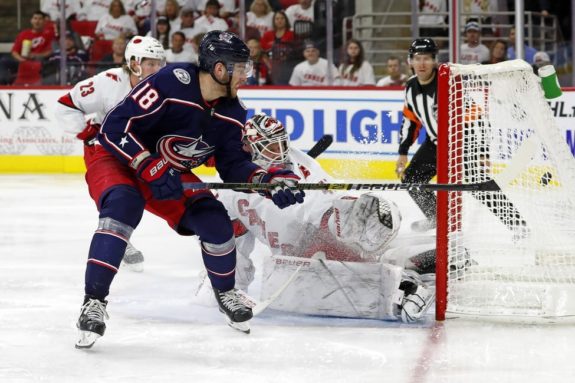
For example, Blue Jackets center Pierre-Luc Dubois carries a cap hit of under $895,000, but with bonuses and incentives, will cost Columbus closer to $3.5 million this year (his current contract is a three-year / $10,275,500 deal).
So What’s the Problem? Isn’t the Average Below the Cap?
Indeed, the average team salary projected in this table for the 2020-21 season is below the $81.5 million salary cap for the coming season. But remember the caveats above: No UFA gets a raise and all RFAs get the minimum qualifying offer and accept it. And still that leaves under $1.2 million per team to use. And don’t forget that the CBA requires each team to have 20 players on the roster under most circumstances.
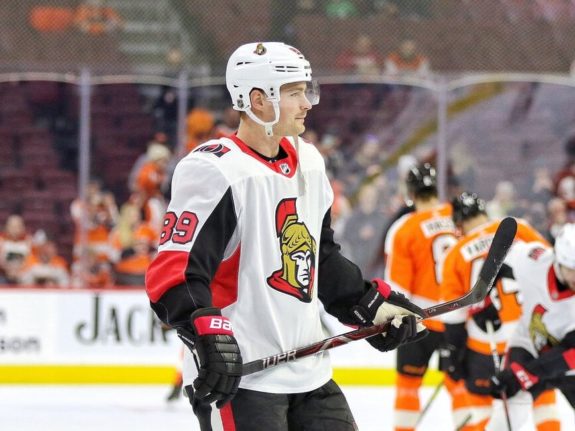
To make each of those teams meet the $81.5 million salary cap, quite a lot of juggling would have to go on. Teams that are above the cap would need to send players to teams that are below the cap – and take back either no salary or less salary than they dump.
Related: Blue Jackets Have Assets but Lack Cap Space to Add Scoring Help
The Coyotes, for example, would have to trade away over $10 million in salary without taking any payroll in return. On the flip side, the Devils would need to take on almost $19 million in salary to reach the cap without sending away any roster players – that would decimate the farm system and probably cost them every high draft pick for, oh, maybe five years or so. (The salary floor is $60.2 million, so the Devils actually could sit pat.)
But Nobody Gets a Raise?
The table above includes all major UFAs for each team. But some teams have some interesting situations on their hands. One example: the Capitals need to decide on whether or not to keep 30-year-old UFA goalie Braden Holtby, currently earning $6.1 million. My colleague Jack Dawkins thinks Holtby will be gone next year.
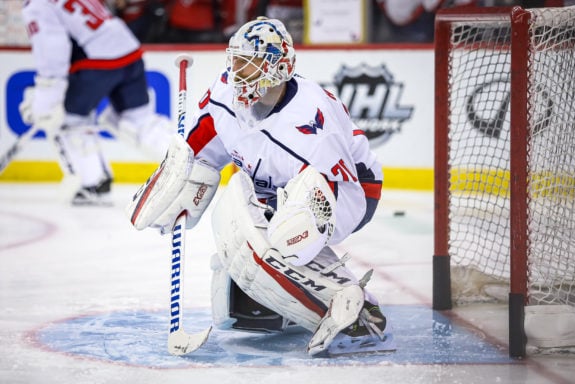
And another Caps’ UFA at the other of the pay scale is 37-year-old forward Ilya Kovalchuk, with a cap hit of only $350,000 for Washington (although his salary, distributed over the three teams for which he played in 2019-20, is the league minimum $700,000). His playoff contributions (or lack thereof) – and his own desire to pursue the Cup – will likely determine whether or not he’s back for another kick at the can in Washington.
Some UFAs might decide to retire after this year’s playoffs and some might be interested in continuing to play, but at a greatly reduced salary. Sabres’ forward Michael Frolik, for example, played 19 games this year and contributed four points – with a cap hit of $4.3 million.
Related: 3 Canucks That Could Become Cap Casualties
Other UFAs are in the prime of their careers, play an important role on their teams, and get paid for it. Take, for example, Alex Pietrangelo of the Blues. He’s a UFA at the end of this year, in which he was paid $6.5 million.
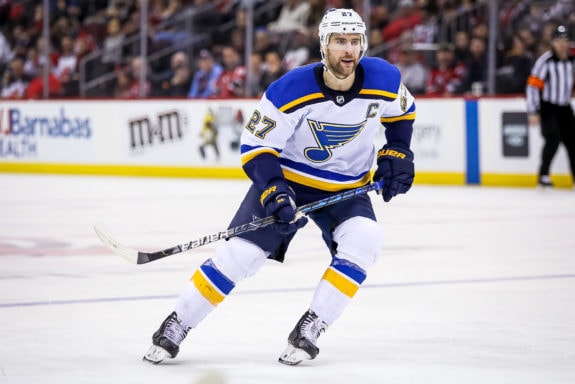
From a budgetary point of view, letting that contract walk would provide huge relief. But consider the facts: he’s the team’s top defenseman (and received considerable Norris Trophy support), he’s the team captain, and he’s only 30 years old. Losing him to free agency is, however, an option according to my colleague Stephen Ground.
Are Those Numbers for Real?
No. It’s simply absurd to think that the numbers in the table above would actually come to fruition. Teams can’t afford to lose über-talented young RFAs – the future of their clubs – simply for budgetary reasons. Veteran UFAs who provide leadership and experience sometimes move on to other teams of their own accord, and sometimes at the discretion of the team. However, for the purposes of this mathematical exercise, the assumption is that teams will retain their own UFAs at their current salary.
The only reliable numbers in the table are in Column B, the number of current contracts and their total cap hit. To think that every UFA will forego a pay increase and that every RFA will accept the lowest qualifying offer is unrealistic. Each of those players needs to get paid. They – and their agents – have an idea of their individual worth and will negotiate for those contracts.
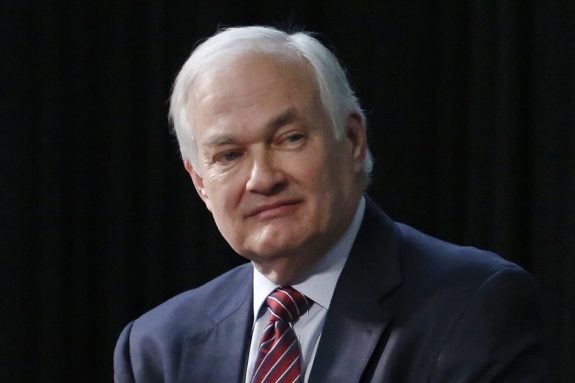
The problem is not “Where does the money come from?” but rather “How to make new contracts fit under the salary cap?” In fact, the “Memorandum of Understanding” that extended the CBA for the next four years includes Item #4: Deferred Compensation, which postpones payment of 10 percent of a player’s salary and some bonuses. But that doesn’t “defer” 10 percent of the contract’s cap hit.
Can Aging UFAs Sign Year-to-Year Contracts?
Some older UFAs might elect to go down the Joe Thornton route and accept a “paltry” $1 million on a year-to-year basis just to keep playing. Brad Richardson, 35, is playing with the Coyotes for $1.25 million this year. Minnesota captain Mikko Koivu, 37, is at the end of a contract that paid him $5.5 million this year. Ottawa’s Ron Hainsey isn’t likely to get another offer close to his current $3.5 million cap hit at age 39.
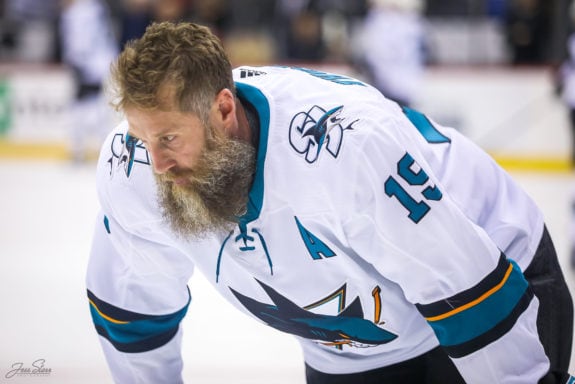
When the CBA was extended this year, a couple of changes were made. One involves multi-year contracts for players 35-plus years old. In the past, even if the player retired, the cap hit stayed. Now the cap hit stops when the player stops.
Don’t Some RFAs Have Arbitration Rights?
Yes, keep in mind that some RFAs have arbitration rights – if a team tries to lowball, perhaps making a qualifying offer of just 100 percent of a current contract over $1 million, an arbitrator could award a substantially higher amount. Under certain circumstances, the team has the option of paying the higher salary or walking away, allowing the player to become a UFA.
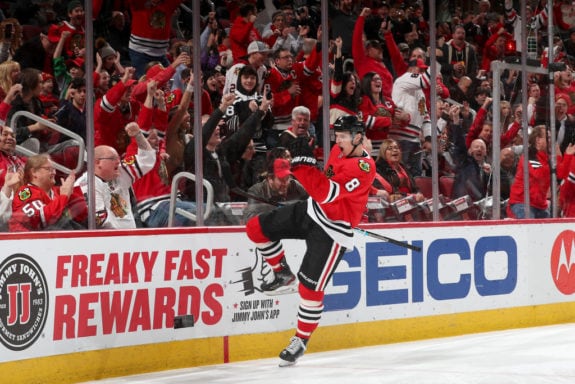
Remember, too, that an individual’s performance in this year’s Stanley Cup Playoffs could substantially impact his perceived value to an arbitrator. Have a great postseason, and he’ll get paid. Underperform, and perhaps he’ll want to avoid arbitration.
Can a Flat Cap Work Under the CBA?
The NHL and the Players’ Association seem to think that a flat salary cap for 2020-21 (and possibly beyond) can work. Unless there are additional changes to the CBA, one thing is apparently off the table: Players can’t, out of the goodness of their hearts, negotiate a voluntary pay cut. Article 11.10 of the CBA prohibits renegotiation of a contract except for no-trade/movement clauses and for negotiation of extensions to an existing player contract. A player can’t “take one for the team” and agree to a lower salary under an existing contract.
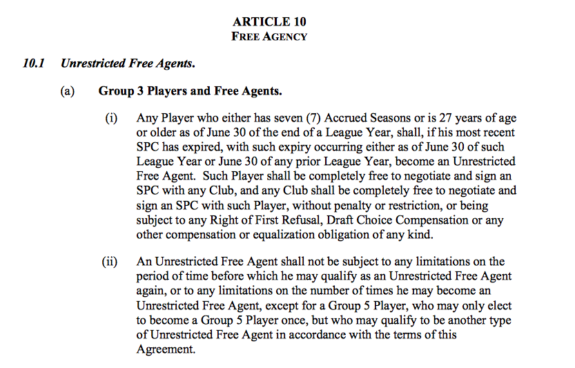
Keep in mind, too, that under the Memorandum of Understanding that extended the CBA, the flat cap of $81.5 million isn’t just for the 2020-21 season. It provides for the cap to remain at that level or increase slightly depending on hockey-related revenue (HRR):
- Upper Limit will remain at $81.5 Million until Preliminary HRR for the just completed League Year surpasses $3.3 Billion.
- For any League Year where Preliminary HRR is between $3.3 Billion and $4.8 Billion, the Upper Limit for the following League Year shall be between $81.5 Million and $82.5 Million on a pro rata basis (e.g., if Preliminary HRR is $4.05 Billion, the Upper Limit will be $82 Million).
- Once Preliminary HRR for the immediately preceding League Year surpasses $4.8 Billion, the Upper Limit will increase by $1 Million per League Year until the Escrow Balance is paid off.
For the cap to increase by a comparatively measly $1 million, HRR must increase from $3.3 billion to $4.8 billion. That’s a whopping 45 percent increase. There is, however, a provision that the two parties (the NHL and the NHLPA) can negotiate a cap increase larger than $1 million if HRR grows faster and higher than anticipated.

Oh, by the way, in case you missed it, in April the NHL mandated a 25-percent salary cut for any league employee making over $75,000. A league employee, who chose to remain anonymous, says that pay cut will remain in place at least through the end of the year (from “With the N.H.L.’s Season Cut Sharply, Some of its Paychecks Are Shrinking, Too” The New York Times, July 23, 2020).
What Can We Expect?
In a word, confusion. There’s nothing in the revised CBA that doesn’t prevent further revision. Perhaps the NHL and the NHLPA will agree to some sleight-of-hand to fit existing and to-be-negotiated contracts under this “flat cap.” But right now, to me, it looks like the numbers just don’t add up.